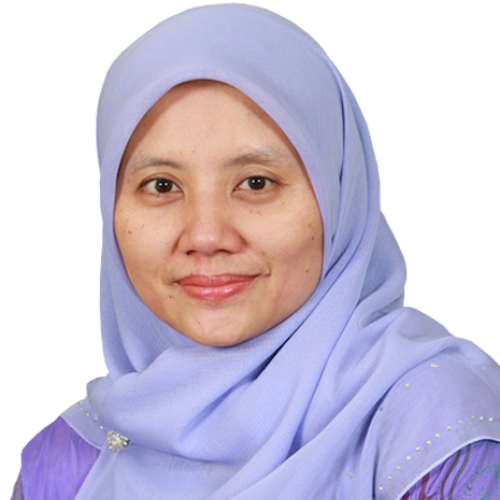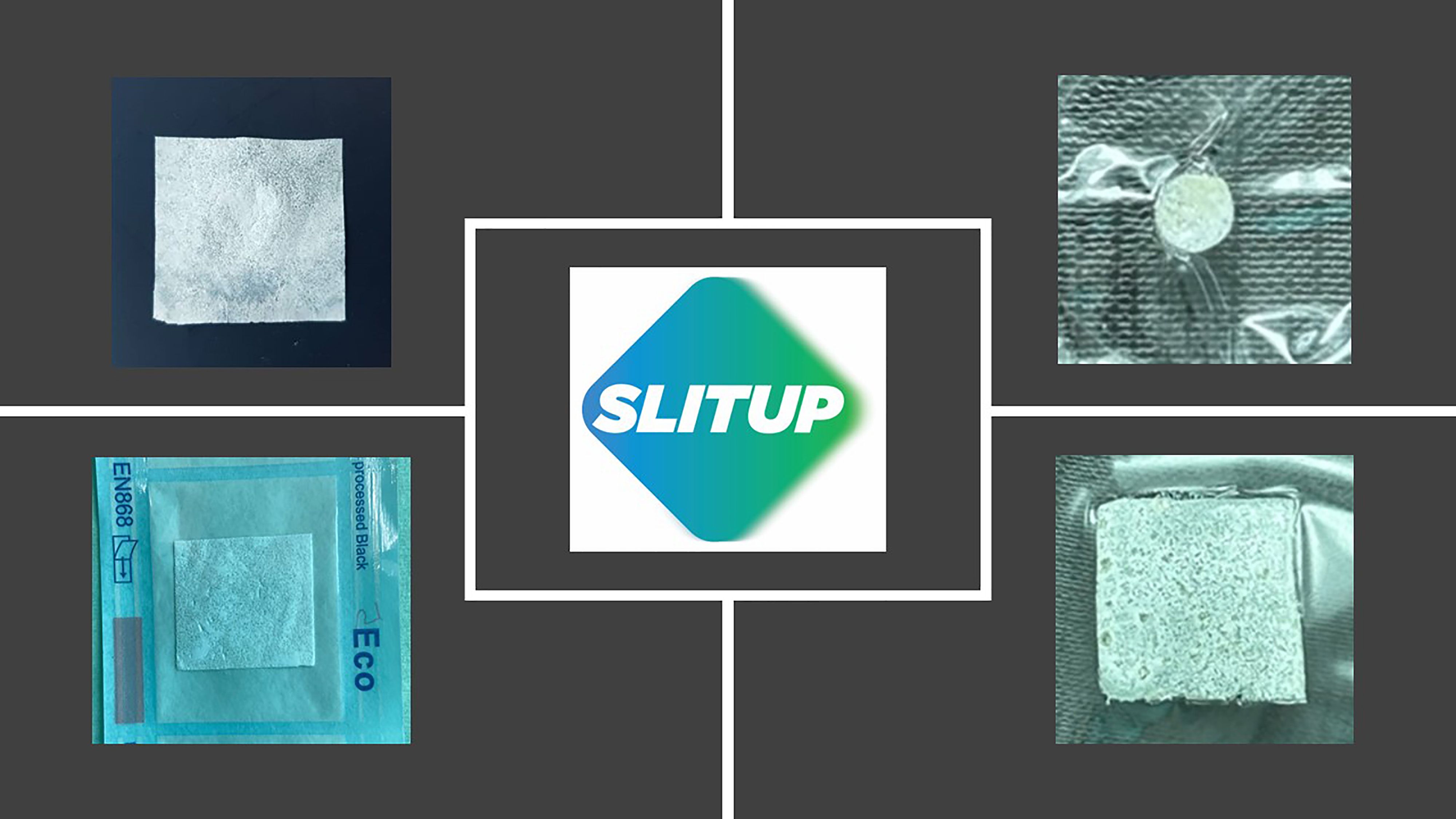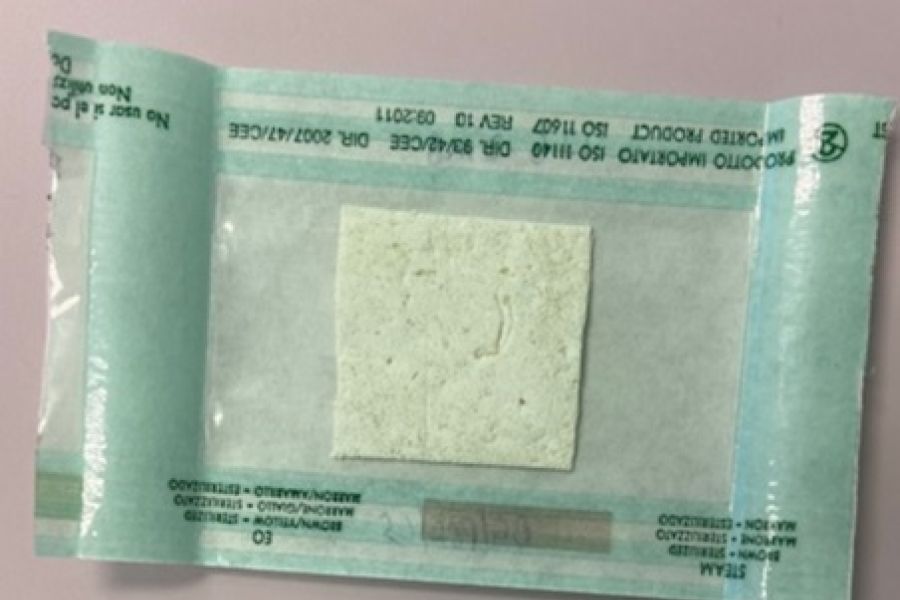SLITUP© Composite Film Patch for Soft Tissue Regeneration

Associate Professor Dr. Siti Noor Fazliah Binti Mohd Noor
Siti Fatimah Samsurrijal
Mamun Khan Sujon
Muhammad Azrul Zabidi
Nawal Radhiah Abdul Rahman
Zuratul Ain Abdul Hamid
Ruzalina Baharin
Evelyn Wong
Healing process of skin or ulceration underneath a plaster should not be eventful, and it must allow new tissue regeneration. The use of non-resorbable plaster for skin coverings may lead to the patch being difficult to be removed, creates pain upon removal, and may remove skin parts in healing process resulting in more tissue loss. Furthermore, the disposal of non-resorbable patch if not properly monitored, can create environmental problem and increasing carbon footprint due to health care related issues.
Our team proposed SLITUP, a resorbable, bioactive composite film patch that are bacteriostatic and possess ionic elements that is enhanced following sterilisation using gamma irradiation for soft tissue regeneration. Being resorbable, SLITUP reduce the needs for frequent plaster change, hence reducing subject expenditure, cost saving, and it generate tissues while in use without the need for removable.
SLITUP has been tested in primary dermal fibroblasts and cells lines in vitro and subjected to in vivo implantation with and without bacterial induction under the patch on the rabbit skin. SLITUP showed good dermal responses and biodegradation promoting soft tissue healing, hence the potential for further clinical application for treating chronic non-healing ulcers.
Problem Statement
- Non-resorbable patch attached tightly to skin, soaked or wet when absorbed water.
- Non-resorbable patch creating clinical waste and disposal through incineration process may lead to increase carbon footprint.
- Difficulty in finding resorbable product while at the same time able to regenerate tissue.
Novelty and Inventiveness
- Biocompatible and resorbable.
- Bacteriostatic.
- Presence of ionic elements important for soft tissue regeneration.
Applicability and Benefits
- Safe to use and contains natural and synthetic elements.
- Clean and had undergone sterilisation through gamma irradiation.
- Suitable for chronic non-healing ulcers.
Research Achievement
- Grants type and amount: Ministry of Education, Malaysia through Prototype Research Grant Scheme (PRGS) Project No. PRGS/2/2020/SKK07/USM/02/2 (Amount: RM173,600.00).
- Journal/books/magazine/book chapter: 2.
- No of Students: PhD (1 student), RA (1 staff).
Commercialization Potential And Industrial Partner
- Slitup falls under the category of Advanced Wound Dressing.
- The global Advanced Wound Dressing market size is predicted to grow USD 8,460.8 million by 2026 with huge market in the Asia Pacific Region.
- Slitup price is cheaper (~RM15.00 to RM30.00).
- Progene Link Sdn Bhd (Active)-Research Collaboration Agreement (RCA) A2021003.
- Malaysian Nuclear Agency (Active)- Memorandum of Agreement (MOA) A2022032.
Intellectual Property Status
1 Copyright (CRLY2021P06944)
Status of Invention
Technology Readiness Level 6.
Impact of Innovation
- INDUSTRY: Slitup will be next Malaysia’s product niche area in the manufacturing of advanced wound dressings.
- ECONOMIC: Creation of new job, and reducing patient’s dependency to healthcare system for example lengthen hospital stay for change of wound dressings.
- SOCIETY: Increase quality of life and satisfaction towards accelerate wound healing, and reduce cost in spending for non-resorbable patch.
- ACADEMIA: Creation of IPs and publications, and collaborations with industries.


